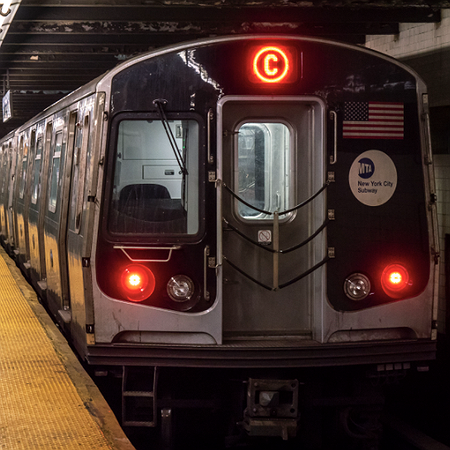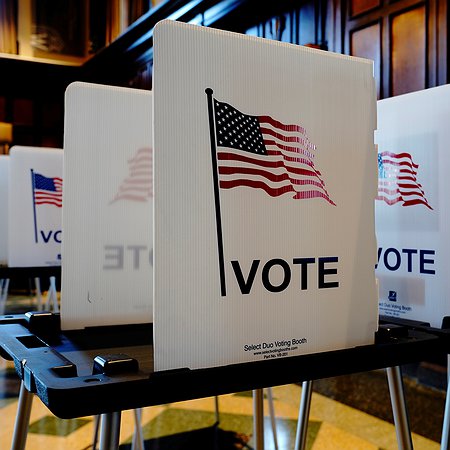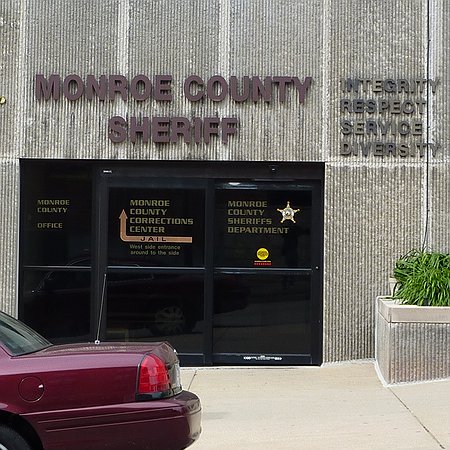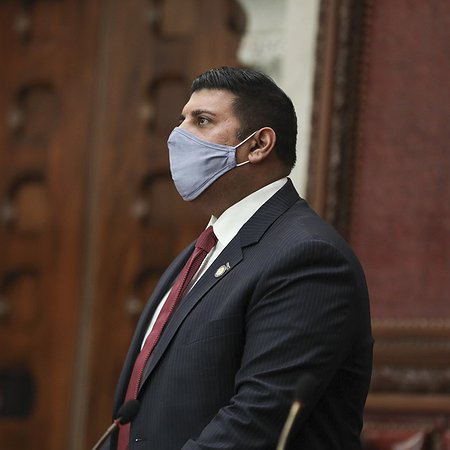Mayor Adams and NY Post Wrongly Blame Bail Reform for Release of Man in Subway Incident
The New York Post falsely claimed that the man’s release in a highly-publicized Bronx case was due to bail reform. In truth, just as prior to reform, this person's release was left to the discretion of the judge.
The Briefing

In a disturbing incident in the Bronx, a man accosted a woman at a subway station with human waste. It is a fallacy and distraction from discussions about advancing public safety to blame this upsetting occurrence on bail reform. The New York Post falsely claimed that the man’s release on the instant case and thus his freedom after another recent charge, which was related to an incident in which he allegedly attacked a Jewish man in September, were due to bail reform. The New York Post story reads, “He was freed Tuesday night in the Bronx feces attack because the charges are also not bail-eligible.” This is completely untrue. Mayor Eric Adams suggested a similar false connection when he claimed in a statement on the case that New Yorkers “who pose a clear threat to public safety [can] just walk out of court.” In truth, just as prior to reform, whether this person was released was left to the discretion of the judge.
Bail reform is not to blame for systemic failures. As is true in many other highly publicized cases that involve a person experiencing mental illness, this person’s repeated criminalization demonstrates the system’s failure to address any of the underlying circumstances leading to constant cycles in police and state custody well before 2020 (the man’s public history of arrests dates back to 1999). Moreover, even prior to bail reform, people charged with low-level offenses were either freed pre-trial or experienced limited periods of incarceration. Ensuring that a person cycles through repeated stays in deplorable jail conditions only exacerbates harms and fails to contribute to true public safety.
Deeper Dive
Even if a person is charged with a crime that is not always bail eligible, they may still have bail set if they are arrested again while free pre-trial and accused of any crime that involves harm to a person or property. This “harm plus harm” provision has been broadly interpreted by judges to include misdemeanor charges, as was the apparent case here. The man’s open misdemeanor cases from earlier this year made nearly any future charges—including those here—bail eligible.
A person’s repeated contact with the criminal legal system is a sign of the system’s failure, not a sign of the need for increased contact. As Dr. Jonathan Giftos, the former Clinical Director for Substance Use Treatment in NYC jails, writes, “We have to stop blaming bail reform for failures of our social safety net and we must recognize the previous approach failed in much more traumatic ways.”
When discussing a case from 2020—where a man’s 137-case-long history was exploited to discredit bail reform—Dr. Ross MacDonald, the Chief Medical Officer for healthcare services in City Jails, went further. MacDonald noted that if 137 arrests would not deter this man, the 138th wouldn’t, either. Each arrest costs thousands of dollars, likely costing the public a hefty fortune while doing nothing to address the probable root causes of such behavior: unstable housing, substance use disorders, mental illness, cognitive impairment, and/or trauma. “The money spent on 138 arrests could have paid for permanent supportive housing about 110 busts ago, but here the media advocates for a return to a policy that is literal insanity—expecting the 139th or 140th to be the one that fixes his problem.”
Dr. MacDonald concludes: “If you think about it for just a moment, this headline proves that what we were doing before bail reform was ridiculous and ineffective. And yet it’s presented as a common sense argument to return. A great case study in how America got to mass incarceration in the first place.”
Mental Health Treatment is Needed
The accused man seems to be exhibiting clear signs of mental illness, as is common among people who have repeated contact with the legal system. Not only will repeated or long-term incarceration fail to address his symptoms, but these contacts can exacerbate underlying conditions. People who are experiencing mental illness do not receive the treatment that they need in jail or prison. Many individuals experiencing mental illness—particularly Black and brown New Yorkers who are also unhoused—are continuously failed well before they fall into a cycle of incarceration and criminalization. Public safety for everyone means investing in and building out these programs, not relying on failed policies that do not prevent harm.
In order to focus on the root causes of harm, we must avoid demonizing and hurting people who experience mental health issues. At least half of all people in United States prisons are estimated to experience mental illness. But they are also more likely to be impoverished and unhoused (roughly a third experience serious, untreated mental illness such as schizophrenia). People with mental illness are also significantly more likely to be the victims of violence and other harm.The response to people who continually experience the criminalization of their mental health symptoms should be to increase healthcare and meaningful access to services and resources, not to further incarcerate and punish.
Mental Health and the DOC
The Department of Corrections is currently in violation of a court order which mandates basic healthcare access for incarcerated people after they were shown to have violated the constitution and the human rights of people in their custody. The case was brought by public defenders on behalf of people who had not received adequate healthcare during the COVID-19 crisis, but the problem far predates COVID. NYC has been renowned for its cruelty to the physically sick and people experiencing mental health issues.
In 1999, people experiencing mental illness in custody sued the Department of Corrections its regular practice of releasing people with acute mental illness from jail at the end of their incarceration in the middle of the night with no resources and only $1.50 for a bus ride. The case was Brad H. v. City of New York and individuals who have a mental health diagnosis are now labeled “BRAD-H” by the DOC. Yet since Brad H, the DOC has repeatedly refused to comply with even the most basic requirements to at least provide a discharge plan and mental health referrals for people in their custody. They have been repeatedly sued in failed attempts to bring them into even minimal compliance with these orders, most recently in 2021. Litigation is ongoing.
Roughly half of all incarcerated people in DOC custody are designated as BRAD-H. Even more suffer from undiagnosed mental illnesses, and these issues often become worse while they are neglected, traumatized, and stigmatized through incarceration before leaving jail. Ensuring that more people experiencing mental health crises can be incarcerated is counter to the goal of public safety.
Statement from Marvin Mayfield, Director of Organizing at Center for Community Alternatives:
“This incident is clearly upsetting and New York must act swiftly and effectively to address and meet the needs of our communities. But using this case as part of an on-going effort to undermine bail reform only distracts us from that urgent mission. Mr. Abrokwa is eligible for bail in this case and it is up to the judge to decide whether or not to set bail. What is missing from the larger discussion are proposals to meaningfully address the underlying issues. A majority of people on Rikers Island suffer from mental health needs and these issues often become worse—not better—while they are neglected and traumatized before leaving jail. While we will learn more about the facts of the incident through the course of the legal case, we can already say with certainty that New Yorkers need real and lasting solutions to improve community safety, including more access to mental health care, drug treatment, supportive housing, targeted investments in violence prevention programs, and more. We know the safest communities have the most resources, not the highest incarceration rates.”








